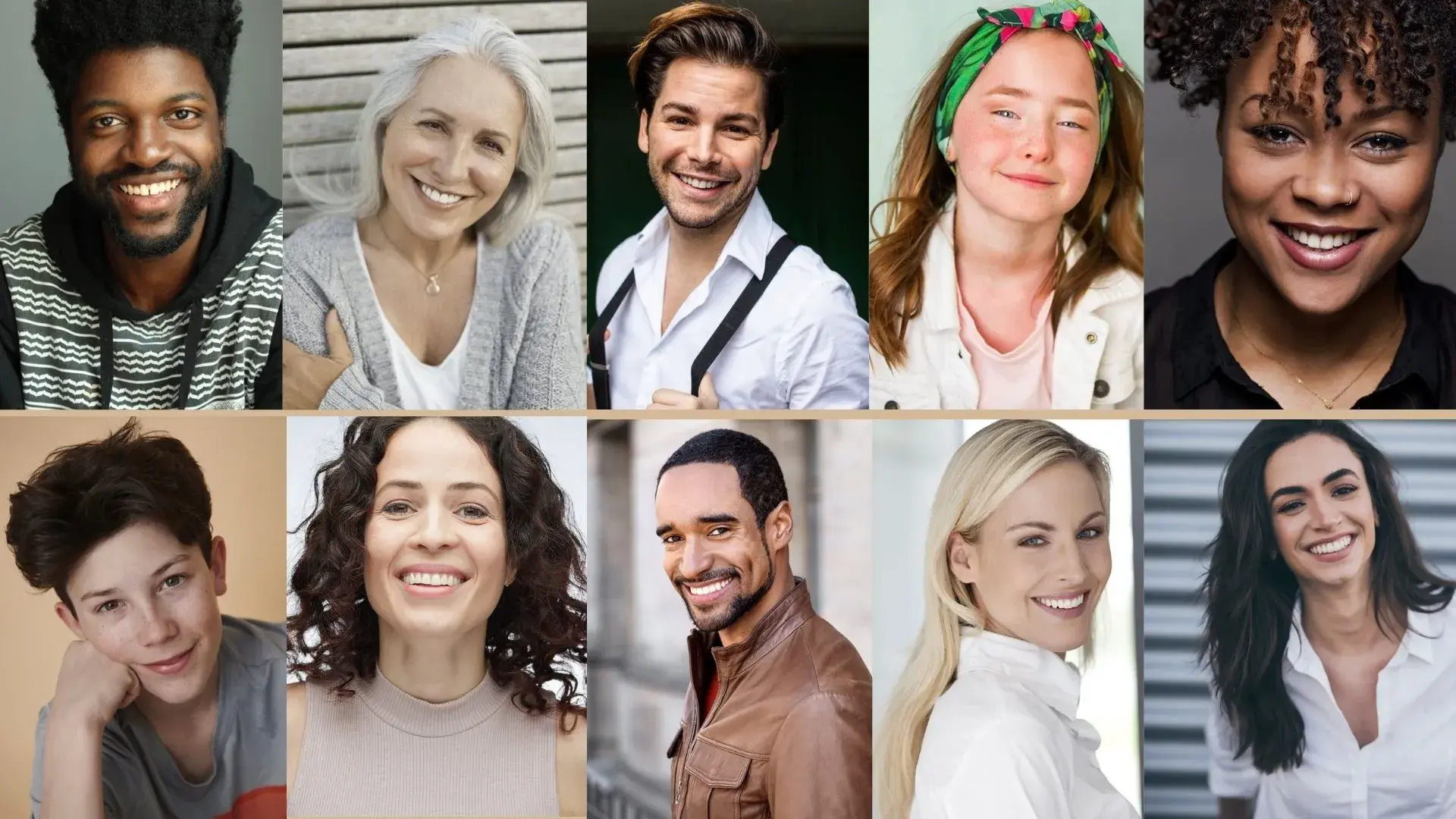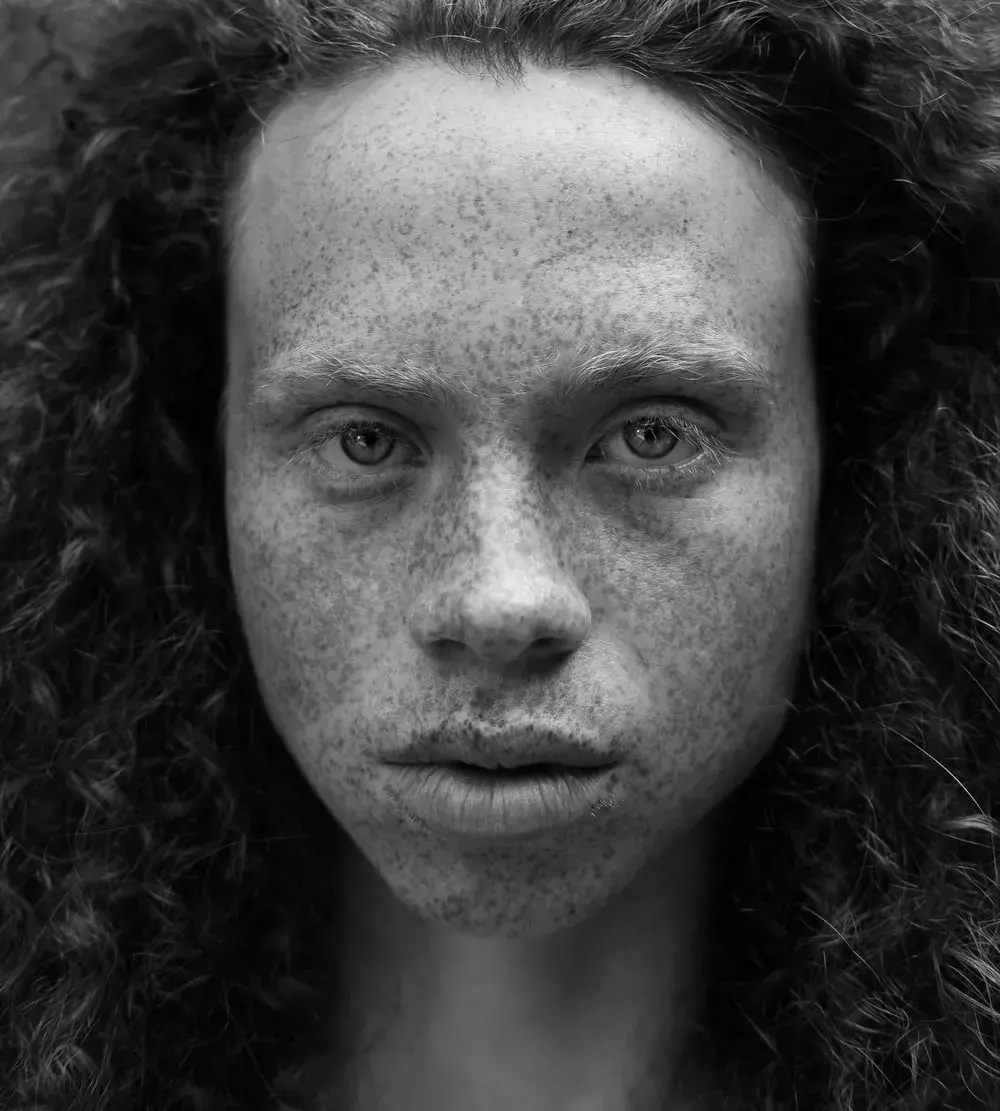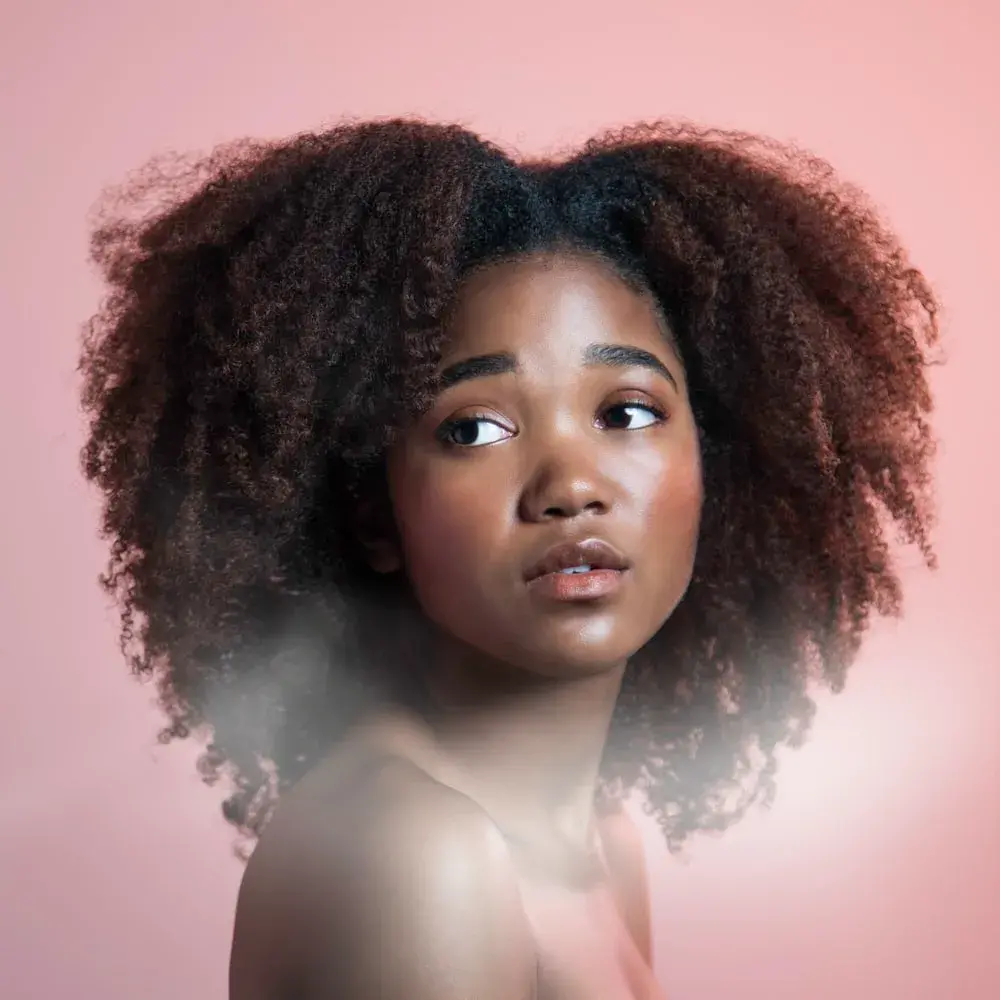Diversity
What do we mean by the term diversity? It means variety or difference. This means that we are all different, for example in our appearance, origin or world view. We also differ in terms of sexual orientation, gender or gender identity, as well as age, beliefs, talents and preferences. We understand the term gender diversity to mean the differences between people in terms of gender, i.e. people are different in terms of their social gender.

Openness and diversity - how the fashion industry benefits from diversity
The fashion industry is increasingly recognising the importance of representing a wide range of body types and identities. Diversity is becoming more and more accepted. This can be seen on the catwalk as well as in advertising campaigns and is reflected in consumer demand. According to studies, a large proportion of Generation Z, for example, favours fashion brands that present themselves in a diverse way and whose models customers can identify with. What this means for the future of fashion brands is that they are increasingly catering for a wide range of body types. Fashion brands are hiring models of different skin colours and genders. In doing so, they are signalling that everyone is welcome and accepted.

Diversity - an economic success factor
Diversity reflects social reality and is therefore a key to the success of fashion companies. It also promotes creativity. Living diversity has become an important factor for economic success in the fashion world. In our globalised world, people of different lifestyles, different origins and colourful cultures come together. It is a logical development for fashion brands to adapt to this. Studies show that consumers are placing more and more value on authenticity and diversity. Brands that show a diverse presentation in their campaigns are favoured. Fashion brands that actively promote diversity and incorporate diversity into their corporate culture create a positive public image.

Influencers embody the many variants of lifestyles
An important contribution of influencers in the fashion industry is that diversity is clearly visible. Influencers present different body types, skin colours and genders. This allows them to reach a broader audience and creates a self-image of diversity; consumers can identify more easily with the models portrayed than with "perfect and normal" models. Different influencers prove that beauty comes in all shapes and sizes. This creates an understanding of diversity in fashion too.
Diversity on the catwalk - celebrating diversity
Fashion brands and designers are recognising the need to represent a wider range of body types, genders and skin tones. In doing so, they are achieving a more realistic representation of fashion and beauty. Fashion designers are increasingly choosing to hire models of different body sizes, gender identities, ethnic backgrounds and ages - a reflection of social diversity and an important message of acceptance. A positive development is recognisable, also with regard to POC, transgender models and plus size models, towards a world of accepted diversity.

Diversity of models - a great opportunity for artistic expression
When very different models present a collection together, the highly individual interpretation of the collection takes centre stage. It shows how fashion can be transferred to different people and body types. Identification is made much easier and fashion enables individual expression.
Diversity - the models of today
Beauty is rich in variety and is increasingly being portrayed as such. Personality is far more important for a model than a stereotypical look. The model and their personality are increasingly taking centre stage. Audiences and consumers don’t want to see an anonymous figure, but real people with rough edges. A diverse array of faces appears on the catwalks and in the campaigns. The message resonates with every step that today's models take on the catwalks: Diversity is the style of the future.
